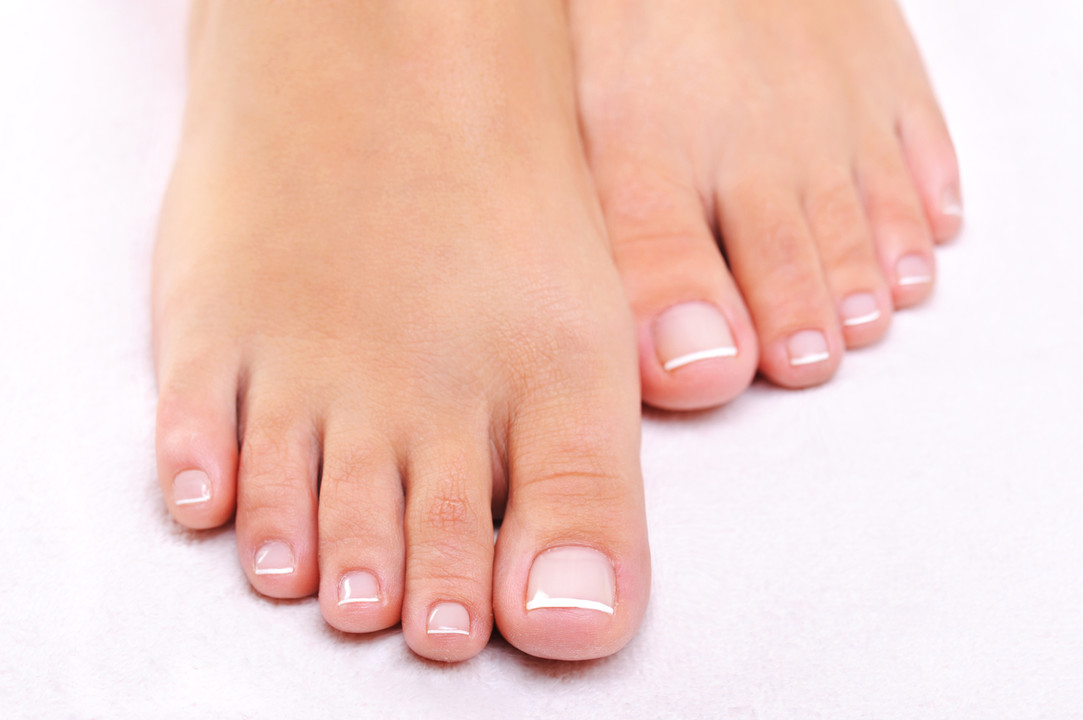
What Toenail Ridges Say About Patient Health
While your patients are probably not looking at their toenails most of the time, checking on them and paying attention to their condition may give important clues into the condition of your patient’s health.
Typically, healthy toenails are smooth and flat, without any discoloration, marks, ridges or spots. When toenails begin to develop ridges, the direction, frequency and color of the ridges can help to identify underlying health conditions. Most of the time, toenail ridges are harmless and not a cause for concern.
Toenail Ridges: What Patients Should Look For
Here are some of the things for your patient to look for when it comes to toenail ridges and identifying underlying health conditions.
Toenail ridges could be caused by changes associated with age. The inability of our bodies to maintain moisture as we age could be one reason that patients may develop ridges in toenails. This is not a cause for any type of health concern.
There are two types of ridges that toenails could have. The ridges may be either vertical or horizontal. More information on each can be found below. Vertical ridges are also known as longitudinal striations or bands, while horizontal ridges may also be known as Beau’s lines. Beau’s lines indicate an interruption in the growth of the nail due to severe medical or health conditions or events.
Vertical Toenail Ridges
Typically toenail ridges are harmless. If a patient has ridges that are evenly spaced, they could indicate the normal aging process and lack of moisture or dryness in the skin.
In some cases, vertical toenail ridges can also be an important indication of the state of your patient’s health, including: vitamin deficiencies, lack of minerals, or poor nutrition. They may also be caused by eczema, low protein, or mineral deficiencies such as calcium, zinc or vitamin A, iron deficiency or anemia.
In addition to vertical toenail ridges being a symptom of poor nutrition, they may also indicate infection. Vertical toenail ridges can also be attributed to onychorrhexis (brittle nails) or trachyonychia (also known as 20-nail dystrophy where the nails have a sandpaper like quality to them).
Believe it or not, a single vertical ridge could be a symptom of a more serious underlying condition and needs to be evaluated by a physician as soon as possible.
Horizontal Toenail Ridges
Horizontal toenail ridges are strong indicators of underlying health conditions. When a certain health condition is severe, it may disrupt the growth of the nail. Health conditions or things that affect health that can do this would be:
- high fever
- zinc deficiency
- peripheral vascular disease
- diabetes
- severe infections (measles, mumps, pneumonia)
- heart attack
- malnutrition
- trauma
- chemotherapy
- cancer
- certain medications
- arsenic poisoning (rare)
If horizontal ridges develop on all toenails and fingernails as well, it can indicate: mumps, thyroid disease, diabetes, or syphilis.
Nails can also be affected by kidney, GI, lung and liver disease. Dark spots on nails without trauma could indicate endocarditis or melanoma.
A podiatrist can help identify what is normal and what is not when it comes to a patient’s toenails. Toenail ridges are a good indicator of health and/or other health conditions your patient could be developing.
If your patient’s toenail ridges are a cause for concern, beginning with an evaluation by a foot and ankle expert, such as a podiatrist will help to identify what type of toenail ridges he or she is experiencing and may need further medical treatment for.
To refer a patient for an evaluation, contact me today.